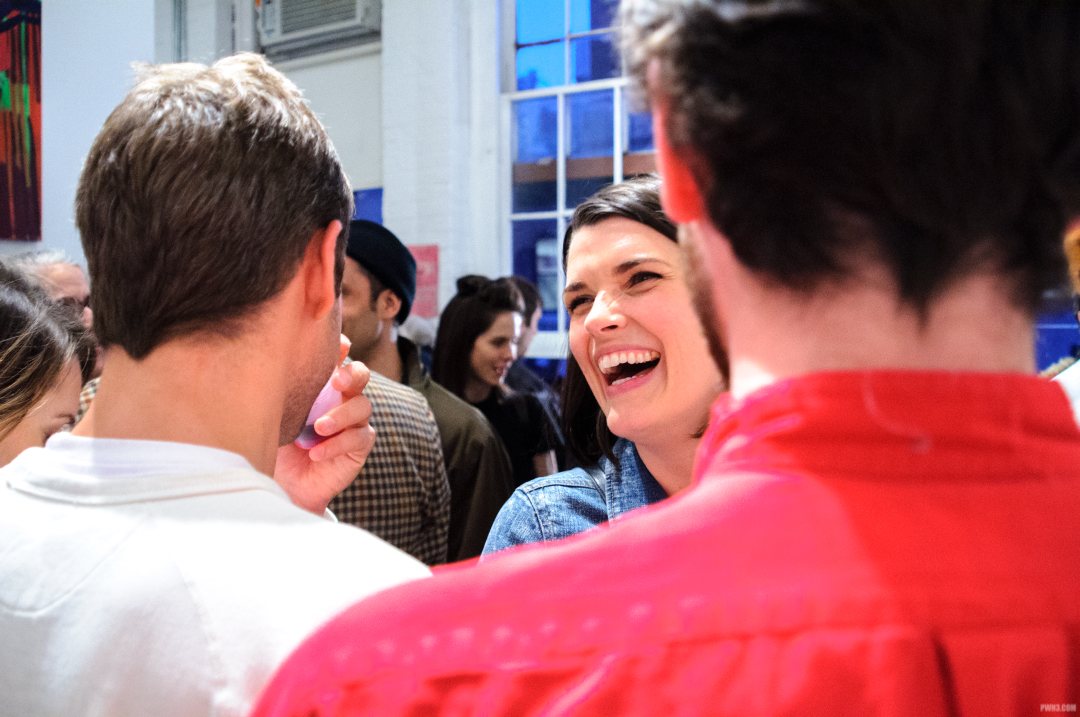Event photography isn’t easy. Successfully photographing an event will usually involve hours of work. You’ll be standing on your feet for a long time, and carrying heavy camera gear, all while surrounded by a sea of people. You’ll have to compose shots quickly, and if a special or unique moment happens, you will never get a second chance to capture it, so you must be alert at all times.
But event photography can be a lot of fun, and a challenge to your skills and creativity. It’s also extremely rewarding when your photos become beloved and cherished mementos of the client and their guests that they share with everyone.
Here are my personal tips and observations from photographing events for many years. In this article we will be focusing on indoor events.
The 35mm Field of View is Gold
Since most events that you’ll be covering won’t be in very large spaces, you need a field of view that is wide enough without being too wide. A good 35mm lens (or something close to that field of view, up to around 45mm) works perfectly because you can capture what’s happening with the event overall and also focus on particular subjects to isolate them from the rest of the action.
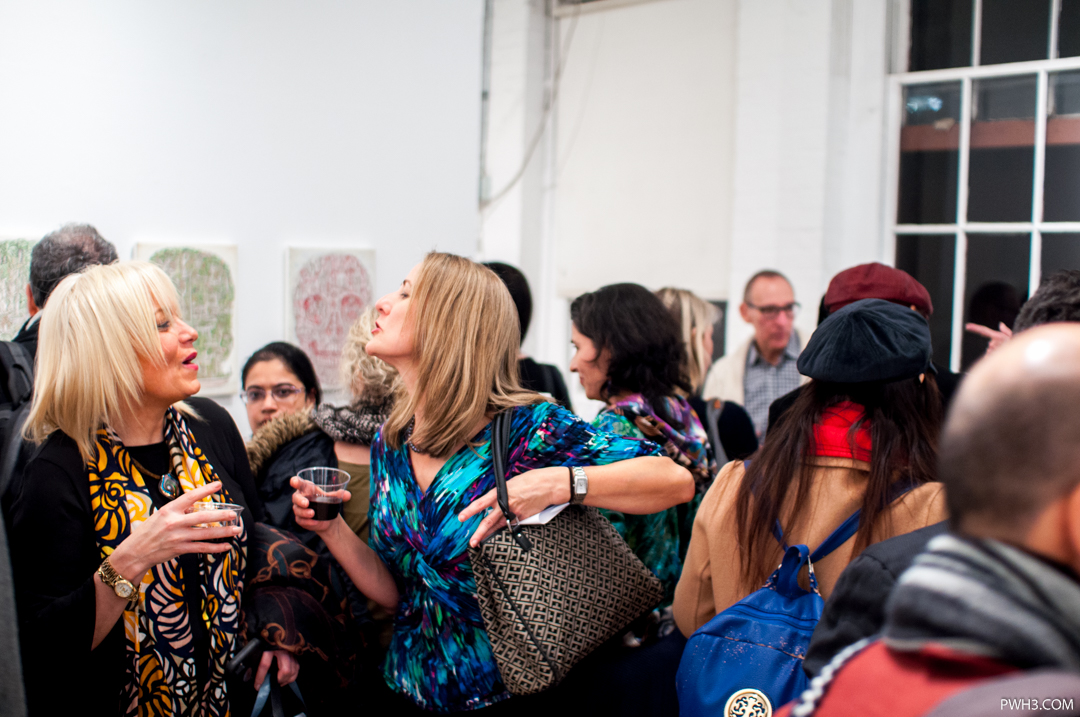
Bring a Zoom Lens With You
In addition to your 35mm prime lens, bring a good zoom lens with you. You may be across the room and see a person or a situation that you want to capture, and unable to get close enough because there’s a crowd of people that you’d have to navigate through first. A zoom lens will come in handy for moments like that.
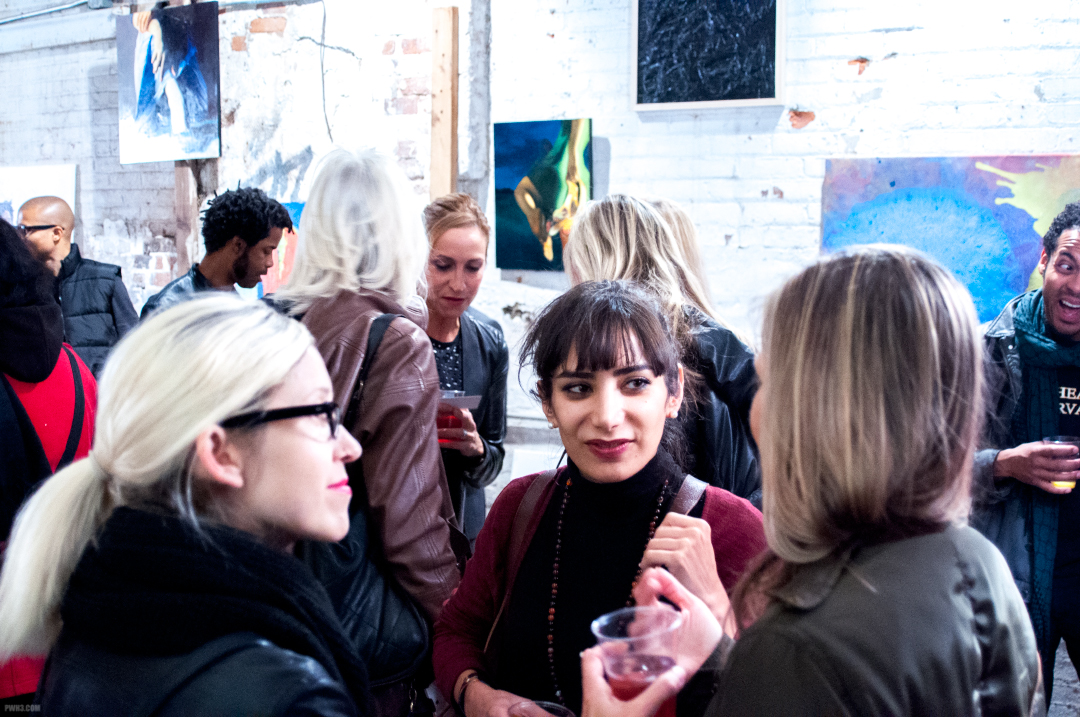
Don’t Use Flash, Use Fast Lenses
Using a flash is annoying to the guests. The guests in attendance are there to enjoy the event, not to be props for your elaborate flash trigger system. Furthermore, a good flash technique would require doing a bounce flash (bouncing the light off of the ceiling or walls to simulate the direction of natural light), and I have photographed events where that wouldn’t even be possible due to the height or color of the ceilings, or objects such as artwork on the walls. Instead use fast lenses and a camera with a high-quality sensor, as you would for shooting at night.
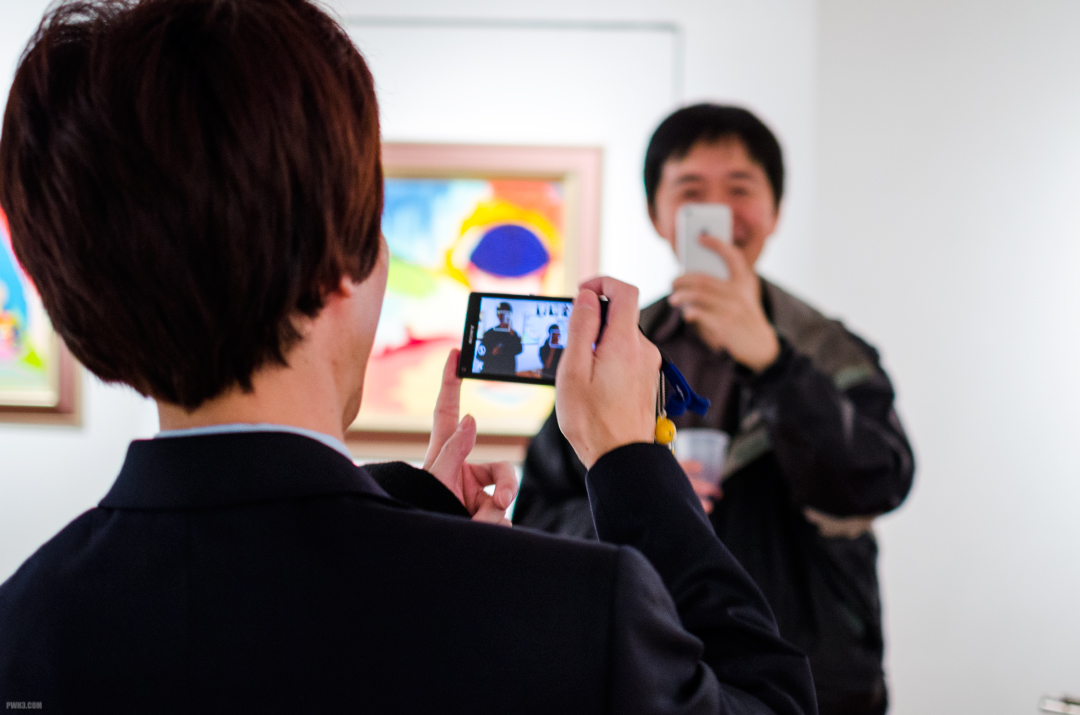
Candids are King
This is a personal preference of mine, and of course depends on the type of event you’re covering, but I prefer to shoot lots of candid shots of people enjoying the event. I like to capture reactions of individuals as they interact with each other, or with the unique features of a particular event (such as looking at artwork or dancing to a live band).
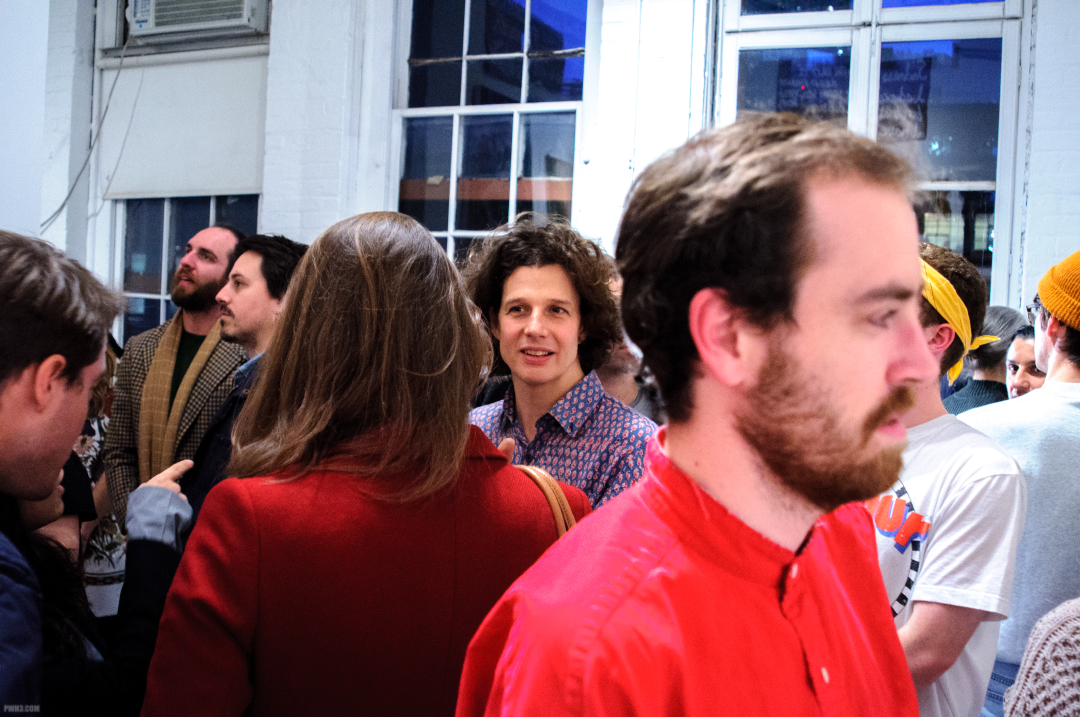
But Also Show the Whole Crowd
Of course a good set of event photos should express the totality of the event, and that means you should make sure to get shots of the whole crowd, and not only candid shots of individuals.
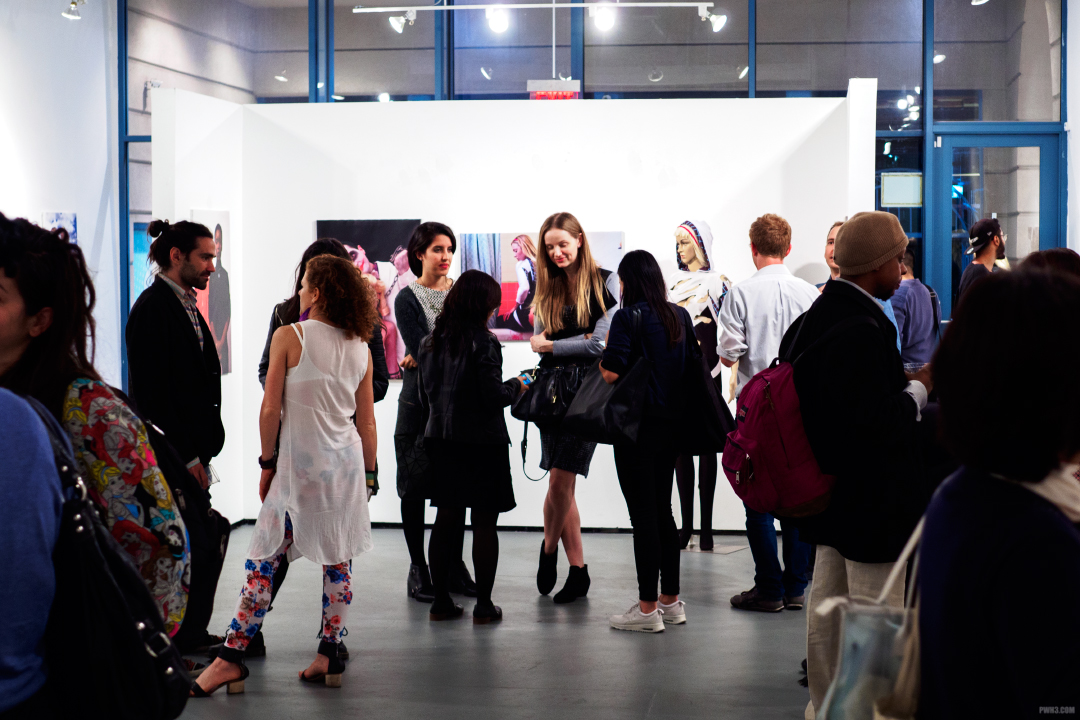
Generally speaking, a successful event is a well-attended event, so make sure you show this with your photos.
If it is a Small Crowd, Focus More on Shots of Individuals
Not every event will be huge or end up drawing the type of crowd that an organizer hoped for. In this instance, focus less on the overall crowd and more on the individuals that are there. Using mostly tight shots of people can make a small event seem larger than it is.
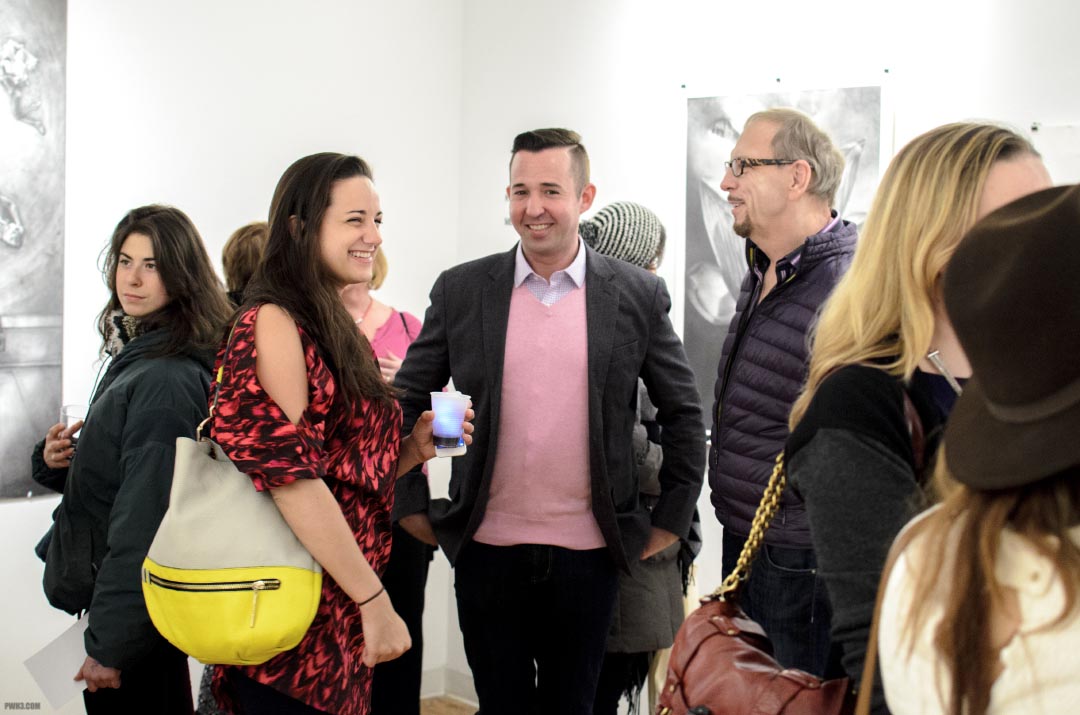
Take a Few Posed Shots of Key People
Every event has a reason or purpose, and there are always a few key people that the event centers around. Whether it’s a featured artist that the event was organized to promote, a birthday girl and her family, or a notable guest speaker, you should take a moment to organize these individuals into posed shots.
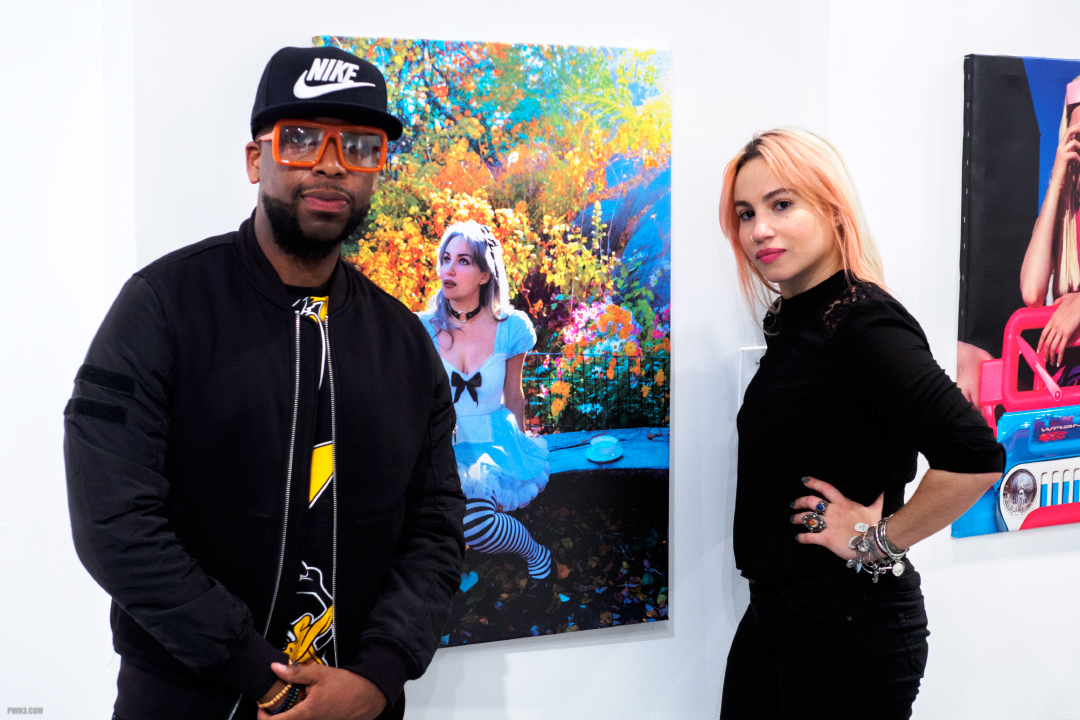
Photograph the artist in front of their work, capture the birthday girl smiling with her parents, or take a flattering portrait of the guest speaker. Don’t be afraid to direct them into a particular position or angle. Ask them to move around or change their hand positions, posture or facial expressions if the shots aren’t coming out the way you want them to. Usually people are more than happy to comply. The best time to do this is before the event if possible, or very early in the event when few guests have arrived.
Show Small or Extra Details That Are Important to the Event
A nice touch is to photograph objects or extra things that relate to and give a feel for the event – if it’s an art reception, a few shots of the art hanging on the walls for example. If it’s a celebration, get a shot of the champagne and glasses. If the event has entertainment like a band, get one or two good photographs of them. A few shots of the extra things that contributed to making the event special can help round out a series of photos.
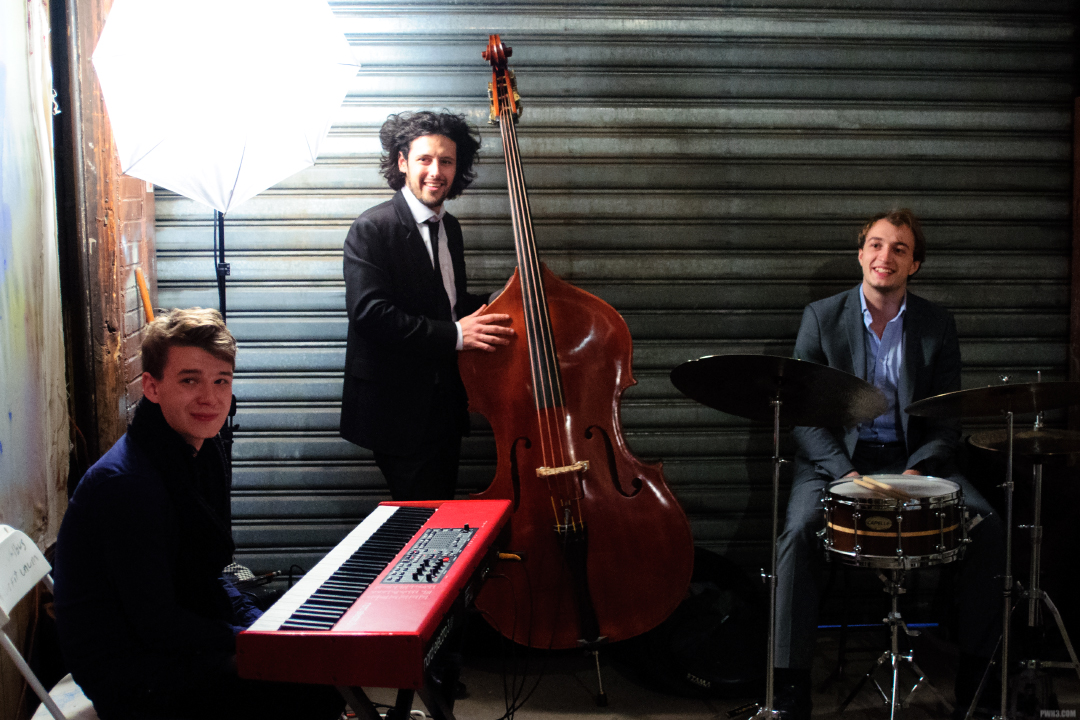
Show People at Their Best
Never post, share or deliver an unflattering photo of anyone. I think following this rule is the main reason why people have always liked my event photos so much.
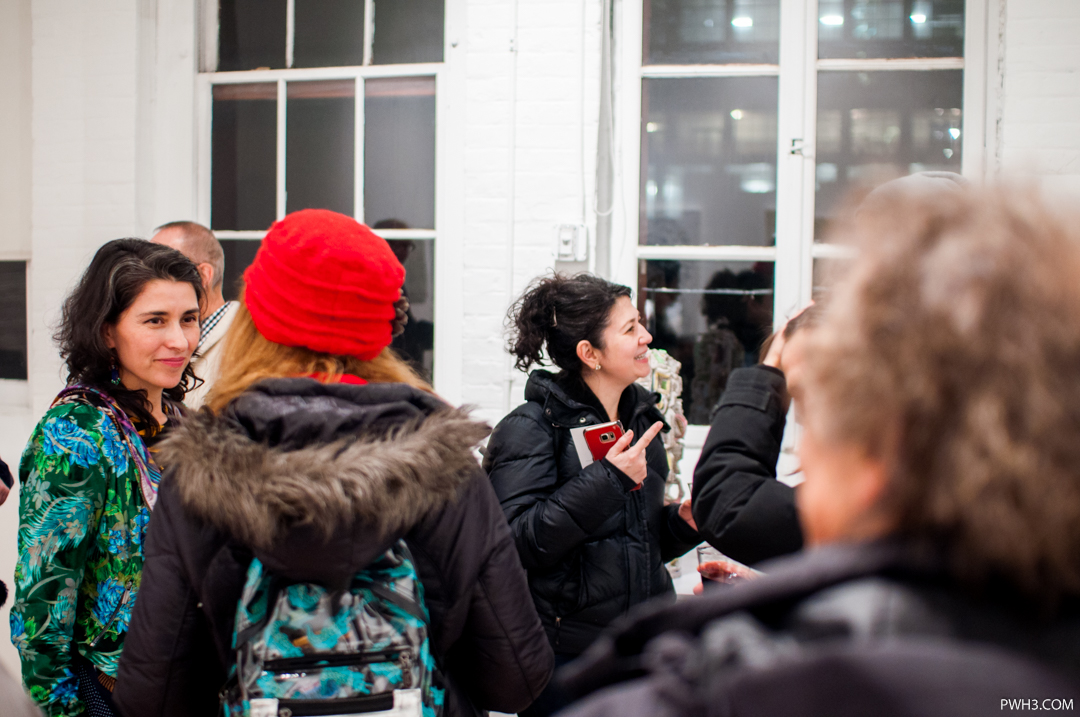
This means you should delete photos where peoples’ mouths are hanging open while talking, delete photos of people stuffing their faces or hitting the booze a little too much, and absolutely delete those horrible photos of people who blinked. If it turns out that that’s the only shot you have of a particular person, then too bad. Delete it.
Make everyone look good. Posting or delivering bad pictures of people also reflects badly on you as a photographer.
Dress to Fit the Event
Make sure that you know ahead of time just how formal the event is, and dress accordingly. You don’t have to overdo it and “dress up”, but you should at least look like you fit in with the event and the venue. Look presentable and professional. Remember, everyone has a phone and will be taking pictures, so it’s likely you will be photographed too.
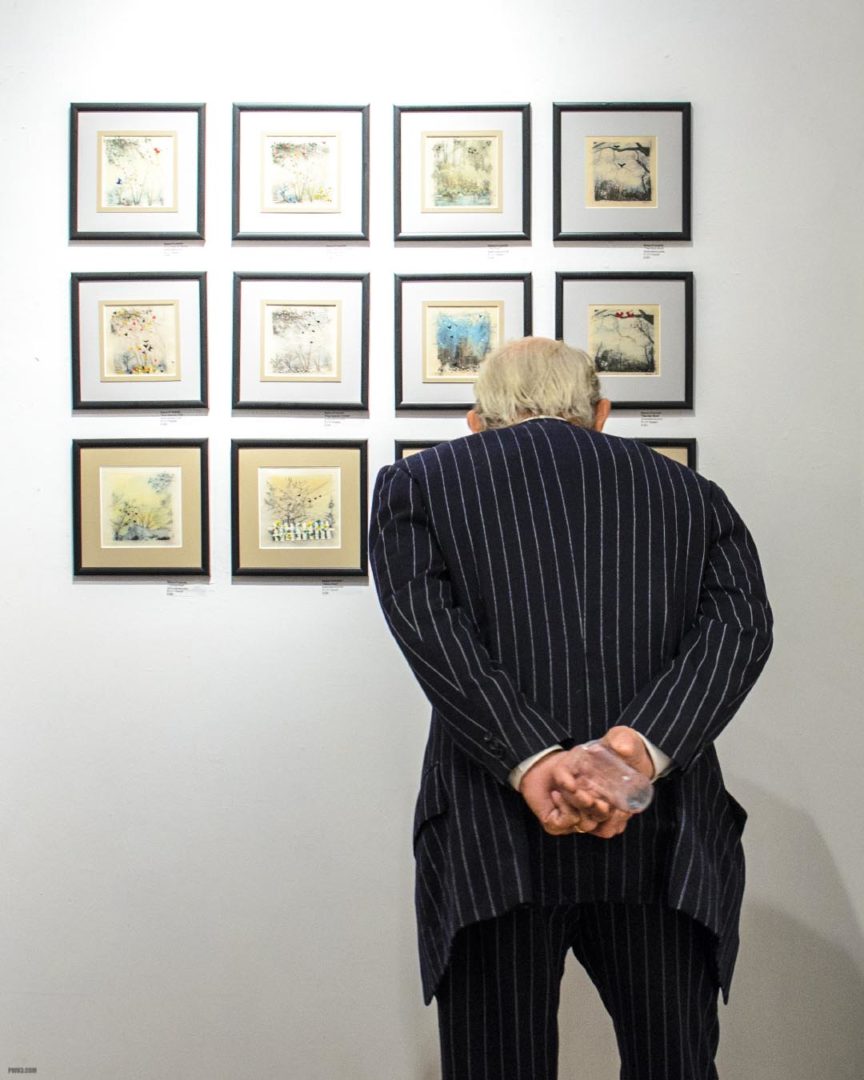
Bring More Than One Camera
You only get one chance to photograph an event, and the worst thing that could happen is that your camera decides to break at that moment. Bring more than one camera and make sure it’s ready to be put into service if the unthinkable happens. A second camera could also be fitted with another lens for a different perspective, rather than changing lenses. Don’t forget extra batteries, and bring a charger just in case.
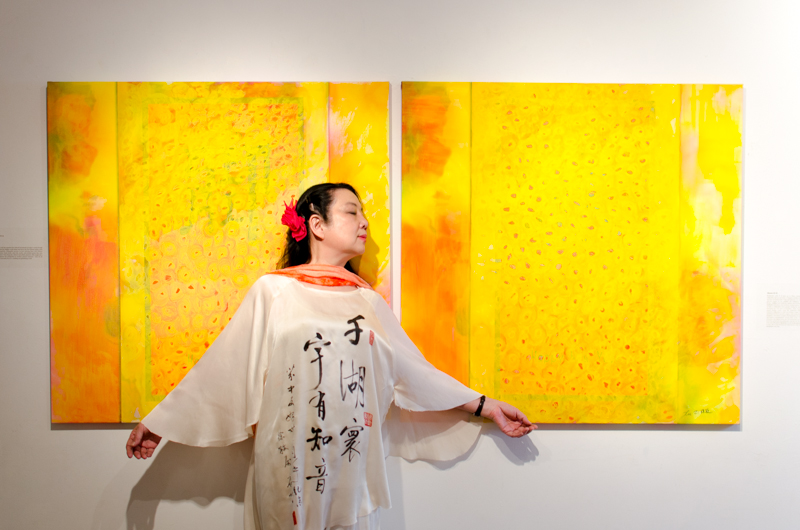
Editing is the Easy Part
Use batch-processing software such as Lightroom to edit your shots. Unlike other forms of photography, event photo editing is easy. Either the shot fits the overall vision of the event or it doesn’t. You may need to crop some shots, but the need for deep color-correcting should be minimal since the lighting of the venue probably didn’t change during the event. You can likely copy and paste the same white balance and exposure settings from your first photo and use those for every photo afterwards.
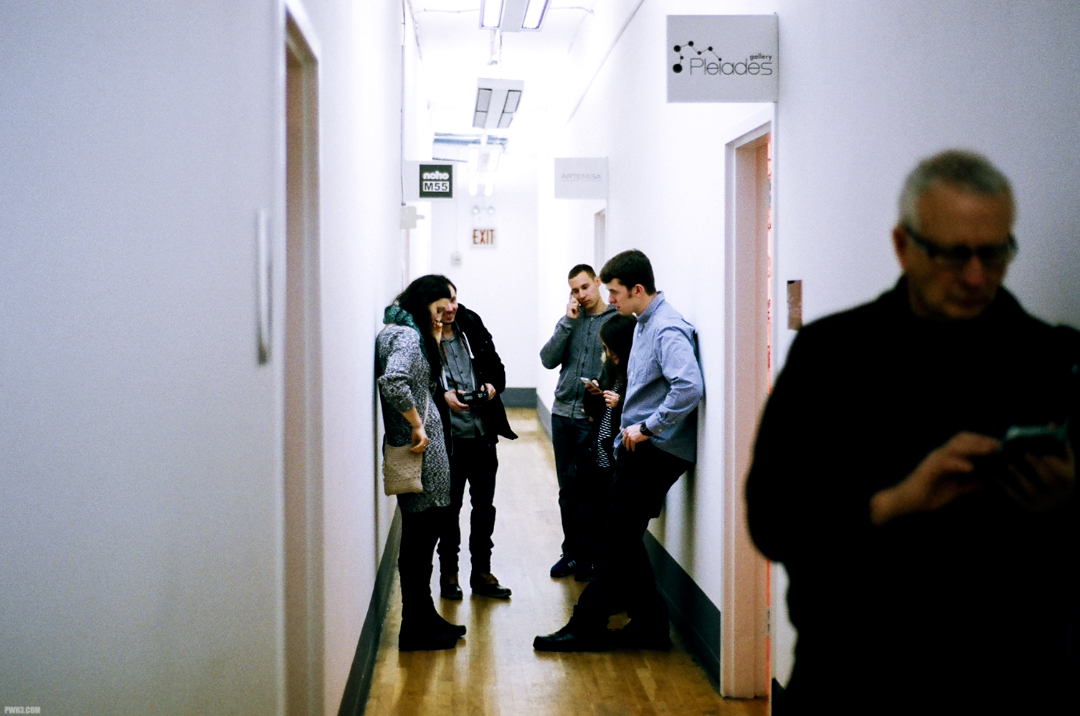
Export Your JPG Files to 1080 Width
This will make it easy for the client to share it right away on social media. 1080 is now the universal width for every site. Never deliver smaller photos than that to a client.

On the flip side, don’t export large jpg files unless the client really wants them for some specific purpose, like making an advertisement or flyer to promote the next event. Find out why they need large files and tailor the export accordingly. Otherwise avoid it – It’s often a pain to send and receive batches of such large files.
Keep the RAW Files
Store them on an external drive in case the client loses them or some other unforseen problem arises. Keep them forever. Besides, you never know when someone may want to see them.
These are a few things I have learned from years of photographing events and taking thousands of photos at them. Do you have any particular tips you’d like to share? Add them in the comments below!

